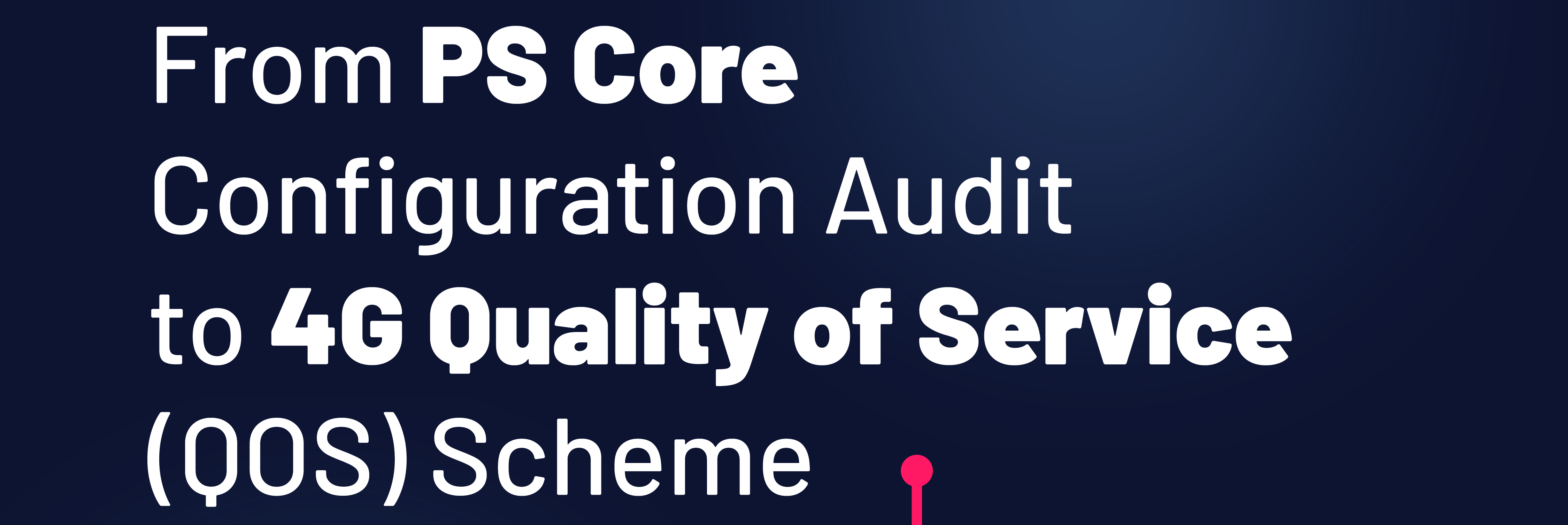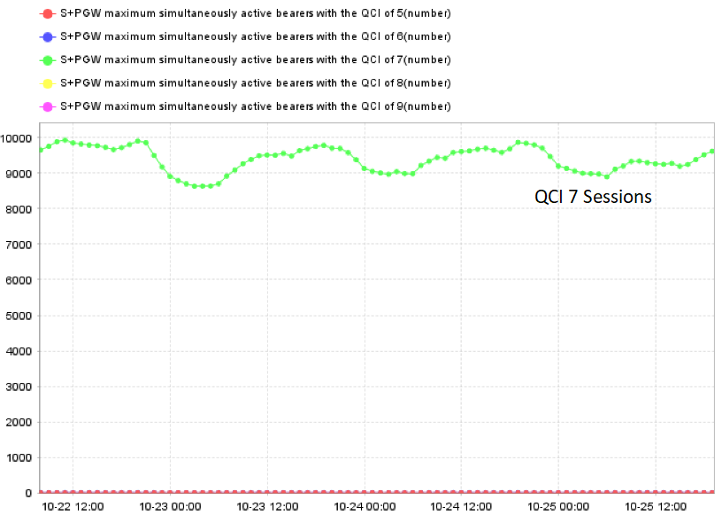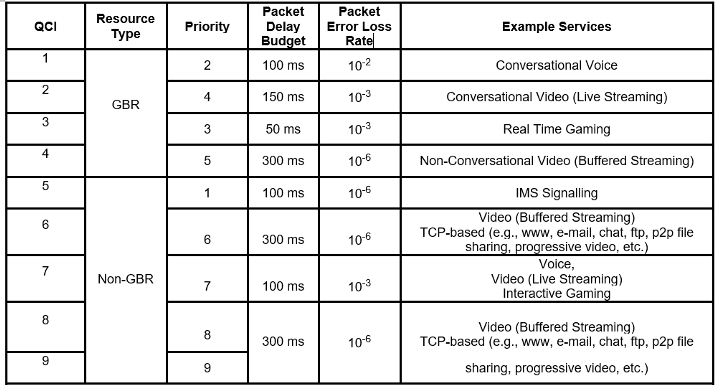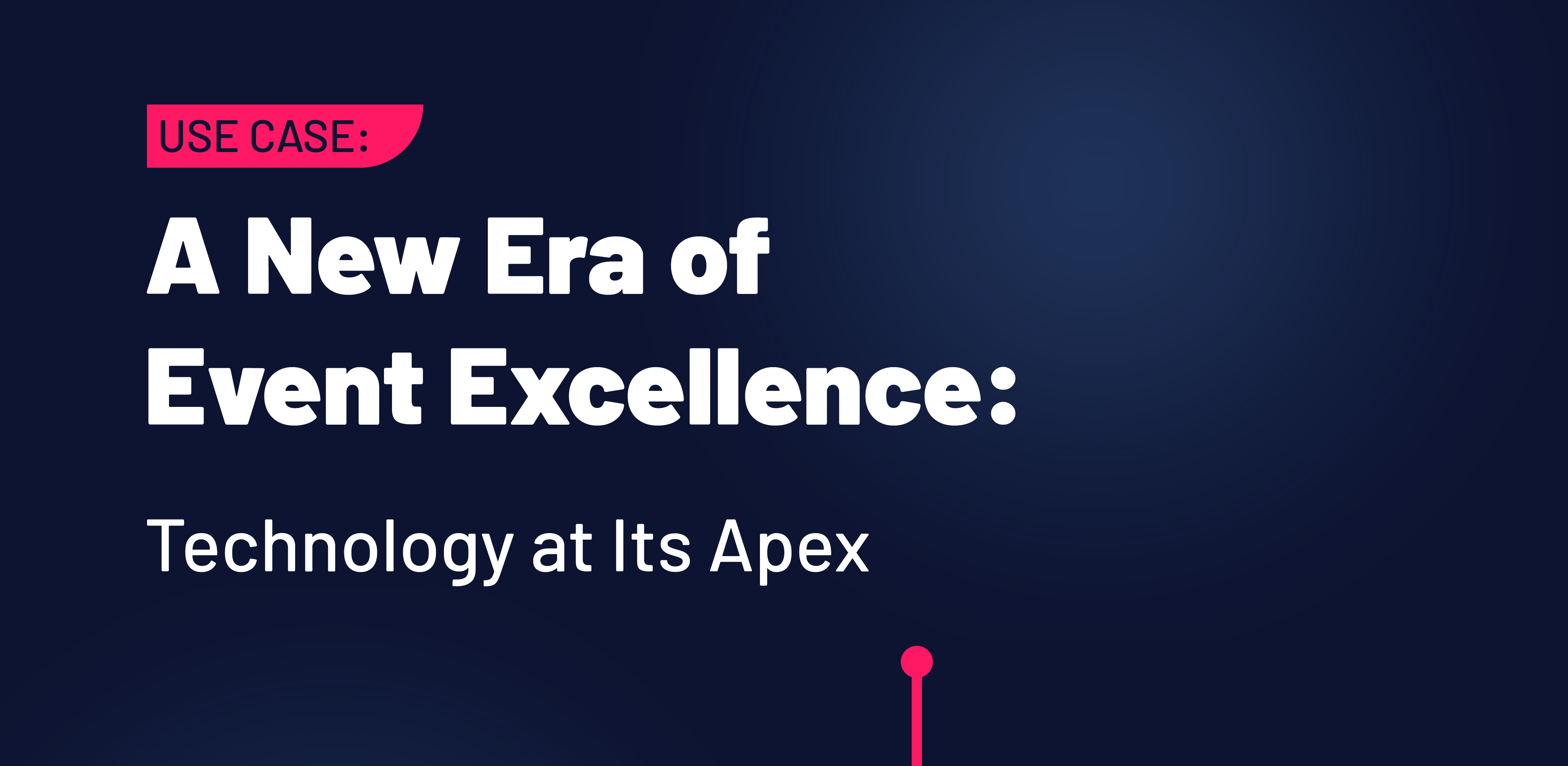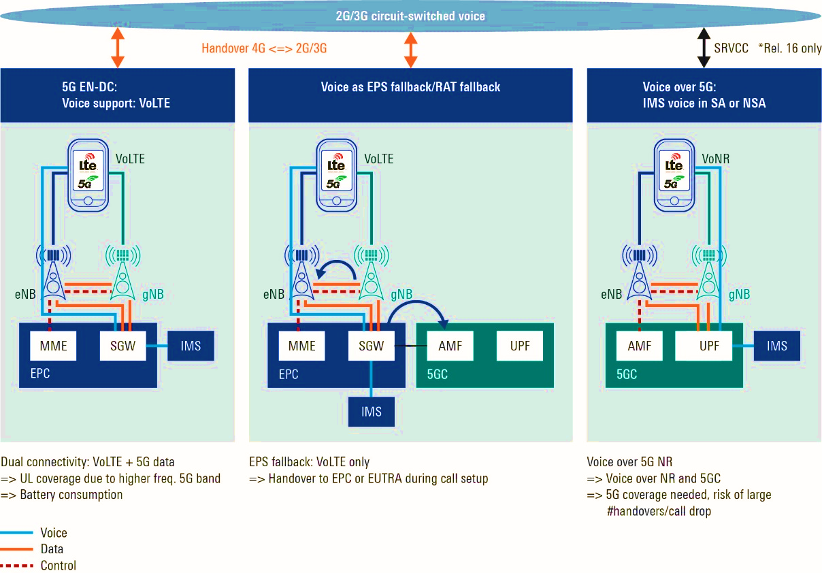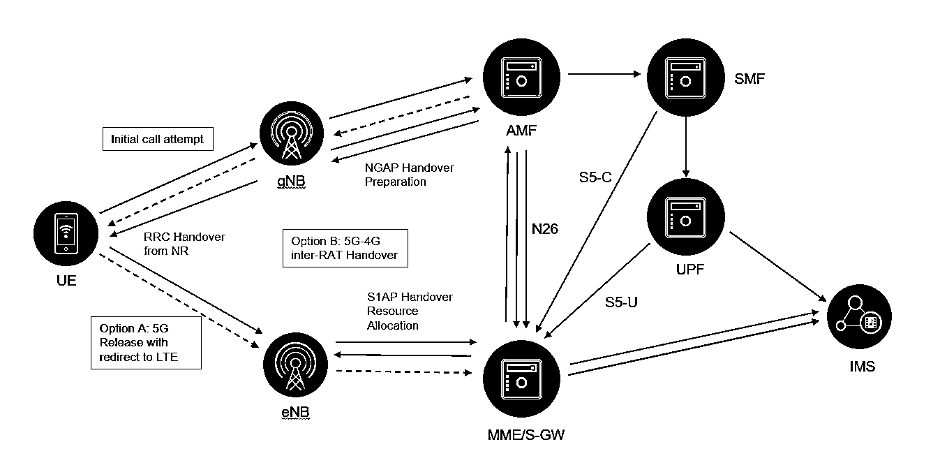In an era defined by rapid technological advancement and increasing demands for seamless connectivity, the telecom industry stands at the forefront of innovation. Telecom Managed Services, which involve outsourcing the management of a company’s telecommunications infrastructure, have become a cornerstone for businesses seeking to optimize operations and enhance customer experiences. Within this landscape, automation emerges as a powerful tool, offering a myriad of benefits that are reshaping the future of managed services in telecom.
1. Enhanced Efficiency: Automation streamlines repetitive tasks and processes, reducing manual intervention and the likelihood of errors. By automating routine maintenance, provisioning, and troubleshooting activities, Managed Service Providers (MSPs) can allocate resources more efficiently, allowing their teams to focus on higher-value tasks such as strategy development and innovation.
2. Cost Reduction: Automation helps minimize operational costs by decreasing the need for human intervention and accelerating time-to-resolution for issues. This translates into lower labor expenses, reduced downtime, and improved resource utilization, ultimately delivering cost savings for both MSPs and their clients.
3. Scalability and Flexibility: With automation, telecom managed services can scale rapidly to meet evolving business needs. Whether it’s provisioning additional network capacity or deploying new services, automated systems can adapt quickly to fluctuations in demand, providing the flexibility required to support growth and innovation.
4. Enhanced Reliability: Automated systems are designed to execute tasks consistently and accurately, minimizing the risk of human error. By implementing proactive monitoring and self-healing mechanisms, MSPs can ensure higher levels of network availability and reliability, thereby enhancing the overall quality of service for their clients.
5. Improved Customer Experience: Automation enables MSPs to deliver faster response times and proactive support, leading to enhanced customer satisfaction. By leveraging intelligent automation tools, MSPs can anticipate customer needs, personalize interactions, and deliver tailored solutions that drive loyalty and retention.



